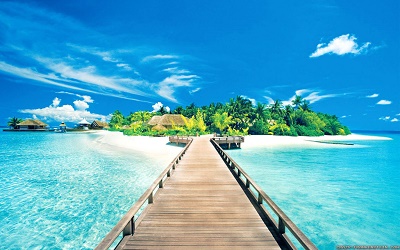PTE考生目前最大的问题之一就是练习题缺乏。除了有限的基本官方书(PLUS,Testbuilder, OG)之外,就没有题了。很多英语基础不是很扎实的同学很难找到练习材料。墨尔本文波雅思PTE培训学校专门为墨尔本,悉尼PTE考生准备了适合PTE听力阅读练习的科学60秒。各位PTE同学可以练习PTE听力中的summarise spoken text和PTE口语中的retell lecture,练习记笔记技巧和复述。废话少说,下面开始:
60秒科学:Bahamas Creation Linked to African Dust
听力内容:
60秒科学节目(SSS)是科学美国人网站的一套广播栏目,英文名称:Scientific American – 60 Second Science,节目内容以科学报道为主,节目仅一分钟的时间,主要对当今的科学技术新发展作以简明、通俗的介绍,对于科学的发展如何影响人们的生活环境、健康状况及科学技术,提供了大量简明易懂的阐释。
Imagine paradise. Now imagine the Bahamas. Hard to tell the difference. The island nation boasts brilliant white sands, clear waters and vibrant coral reefs.
The waters of the Bahamas are so clear because they’re low in nutrients. They’re therefore relatively free of the microscopic life that turns richer waters murky—and is normally associated with the deposition of calcium carbonate. So how did the reefs come to be?
A group of scientists argue that dust from across the Atlantic in Africa may have initiated the process.
Dust blows off the Sahara today, reaching all the way to the Americas. Fertilized by the dust, cyanobacteria can then grow and pull carbon dioxide out of the water. That activity in turn causes calcium carbonate to precipitate, an event known as a whiting. And the cyanobacteria also fix nitrogen from the atmosphere, helping other microorganisms to thrive.
This may have been going on for a very long time. Enough of such cyanobacterial work over enough time and eventually you get the Bahamas, built out of calcium carbonate. At least that’s what’s suggested by trace elements in Bahama sediments. The hypothesis is in the journal Geology. [P. K. Swart et al, The fertilization of the Bahamas by Saharan dust: A trigger for carbonate precipitation?]
Fertilizing similarly nutrient poor waters might help reduce rising levels of carbon dioxide that are causing uncomfortable global warming. And maybe we’d get some pretty nice islands out of the deal—eventually.
—David Biello





